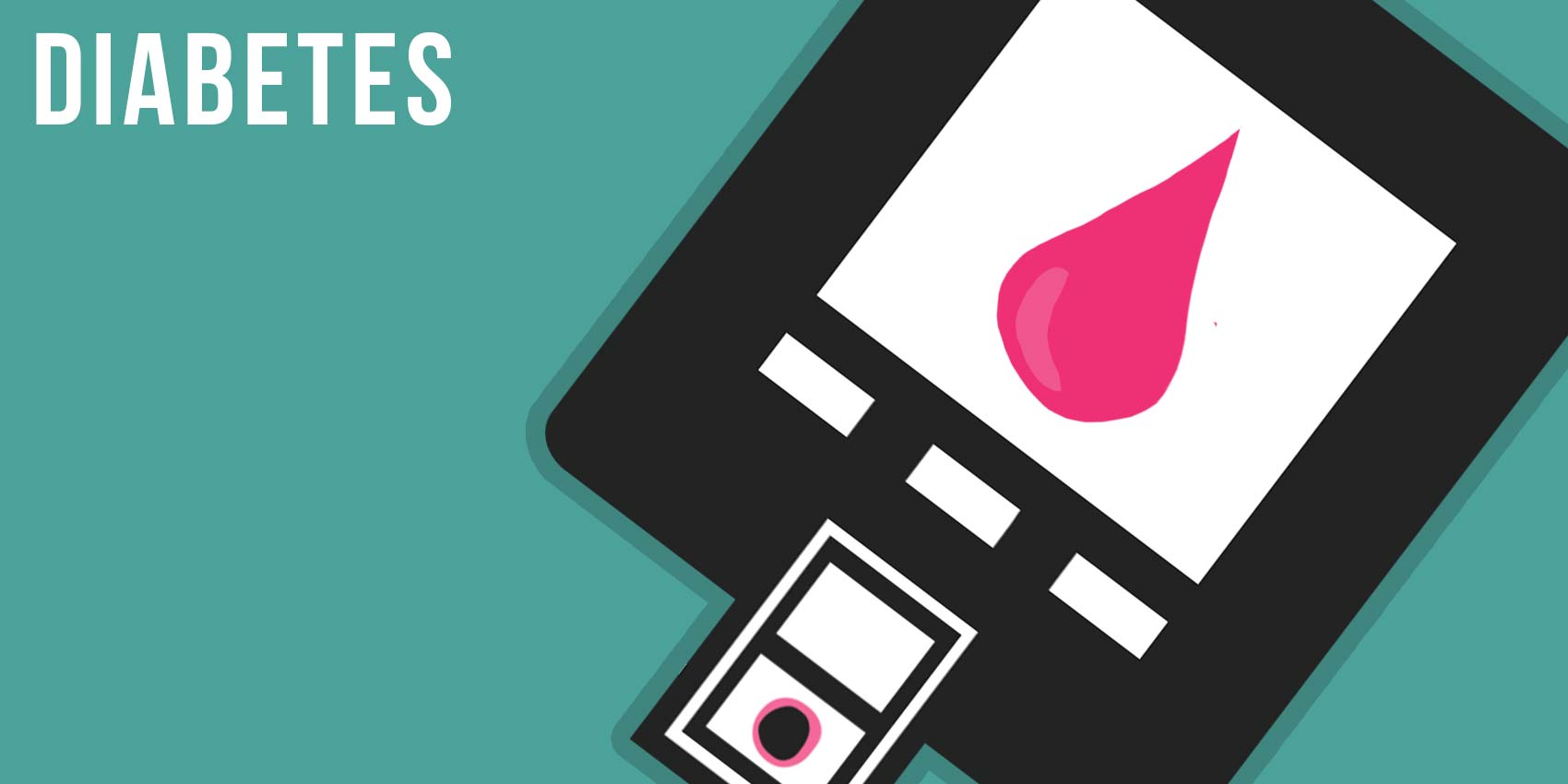15 Sep Diabetes

Diabetes is broken down into Type I and Type II. Both are blood disorders and the main difference between them is that one can be largely prevented (Type II) while the other can not (Type I). However, the management of both is related to nutrition as you will see below.
What causes Diabetes and what’s the difference between the two Types? Type I is “early onset” or juvenile diabetes. This is when the body does not produce any insulin, the hormone that allows glucose (sugar) to safely enter the bloodstream (very important). With Type I, the body’s immune system attacks and destroys its own insulin-producing cells. The cells can’t produce insulin, so the body can not process sugar.
Here’s basically how insulin works: when you eat a cookie, it quickly converts (meaning changes) to glucose (a type of sugar) and raises the level of sugar in your blood. Your body (specifically your pancreas) then releases insulin to bring your blood sugar back down to stabilize your system. With Type I diabetes, your pancreas would not release insulin because the insulin producing cells are damaged. This means the sugar from your cookie can’t be broken down and your blood sugar levels become too high.

DID YOU KNOW? In 2015, 9.4% of the U.S. population had some form of diabetes.
(Source: diabetes.org)
Type II used to be called “later onset” or adult diabetes but due to the surge of sugar consumption and obesity, younger and younger people are getting it. Type II is the most common form of diabetes. “With type 2 diabetes, your body either resists the effects of insulin — a hormone that regulates the movement of sugar into your cells — or doesn’t produce enough insulin to maintain a normal glucose level.”
(Source: https://www.mayoclinic.org/diseases-conditions/type-2-diabetes/symptoms-causes/syc-20351193)
Sometimes when a person is consuming too much of the sweet stuff (sugar!) the body simply “gives up” trying to constantly metabolize it and stops producing insulin altogether. This is another reason Type 2 Diabetes is on the rise.
With both types of diabetes, no cure exists, but managing your diet, exercising, and maintaining a healthy weight all help manage the condition. Moreover, you can largely prevent Type II diabetes by focusing on these aspects of your health. Many “borderline” Type 2 diabetics can reverse their diagnosis through diet and exercise, which is pretty exciting news!
What are the warning signs that someone might have diabetes? Diabetes, both types, is a life threatening condition if not managed properly. Below is a list of the symptoms that could signal a diabetic condition:
- increased thirst and frequent urination
- extreme hunger
- irritability
- unusual weight loss
- frequent infections
- slow healing of wounds or bruises
- tingling or numbness in hands and feet
- fatigue
- behavioral problems
- headaches
- stomach pains
You should always let your parent or caregiver know if you frequently experience these symptoms. (Thank you to the Mayo Clinic website and the CDC for information for this post.)
What are the dangers of diabetes? People with diabetes need to constantly monitor their blood sugar levels because a blood sugar level that is too high or two low can cause problems. Here are the problems that can occur if not managed properly:
- heart disease and stroke
- high blood pressure
- blindness
- kidney disease
- nervous system disease
- amputation
- death
However, these complications can largely be avoided by changing your eating habits and monitoring your blood sugar levels. People with diabetes often do this by pricking their finger (or other areas of their bodies) about 12 times a day (although newer methods are currently being used and refined), determining their blood sugar levels and then eating accordingly and/or administering insulin (through an insulin pump or shot).
Because people with diabetes can not naturally regulate the sugar levels in their bodies, food is both a necessity and a constant threat: too much sugar and too little sugar can cause the complications mentioned above. Diabetics (people with diabetes) need to constantly monitor their sugar levels and generally avoid foods that will dump sugar into their blood streams too quickly.

DID YOU NOW? Surprisingly, many diabetics are not overweight and can even be quite slim. Being addicted to sugar is not always a weight issue, but it is always a health issue.
So, if people with diabetes shouldn’t have sugar, why are sweets smart to have around them?
Great question. Maybe you have a friend with diabetes so your mom makes sure you always have some orange juice around, or something that can be processed quickly into sugar in the body. When your sugar levels plummet (drop down) you need a quick boost from something sugary to regain your body’s balance. That’s because we all need balance in every aspect of our lives, right? Well, sugar in the bloodstream is no different. If the blood sugar gets too low, it can be dangerous to the diabetic, who needs to keep a good balance all the time. And the diabetic will know by the way he or she feels and by checking sugar levels. If the blood sugar is low, a glass of orange juice, as an example, is a quick way to bring the level to normal.
To read about the effects of sugar on the average person, read the next few posts!




Post Question:
Do you know someone who is diabetic? Are you? Share your experience here.
Answer the post question here
What's being said